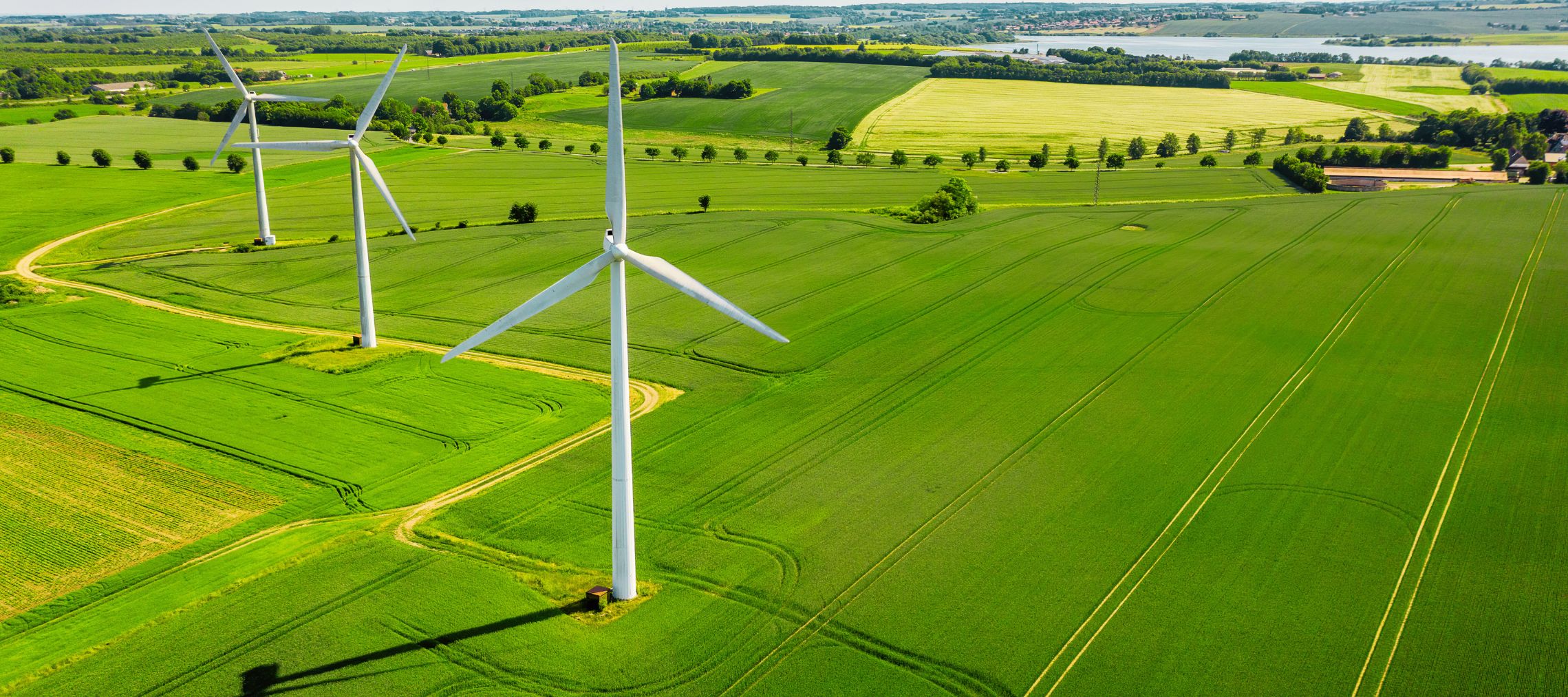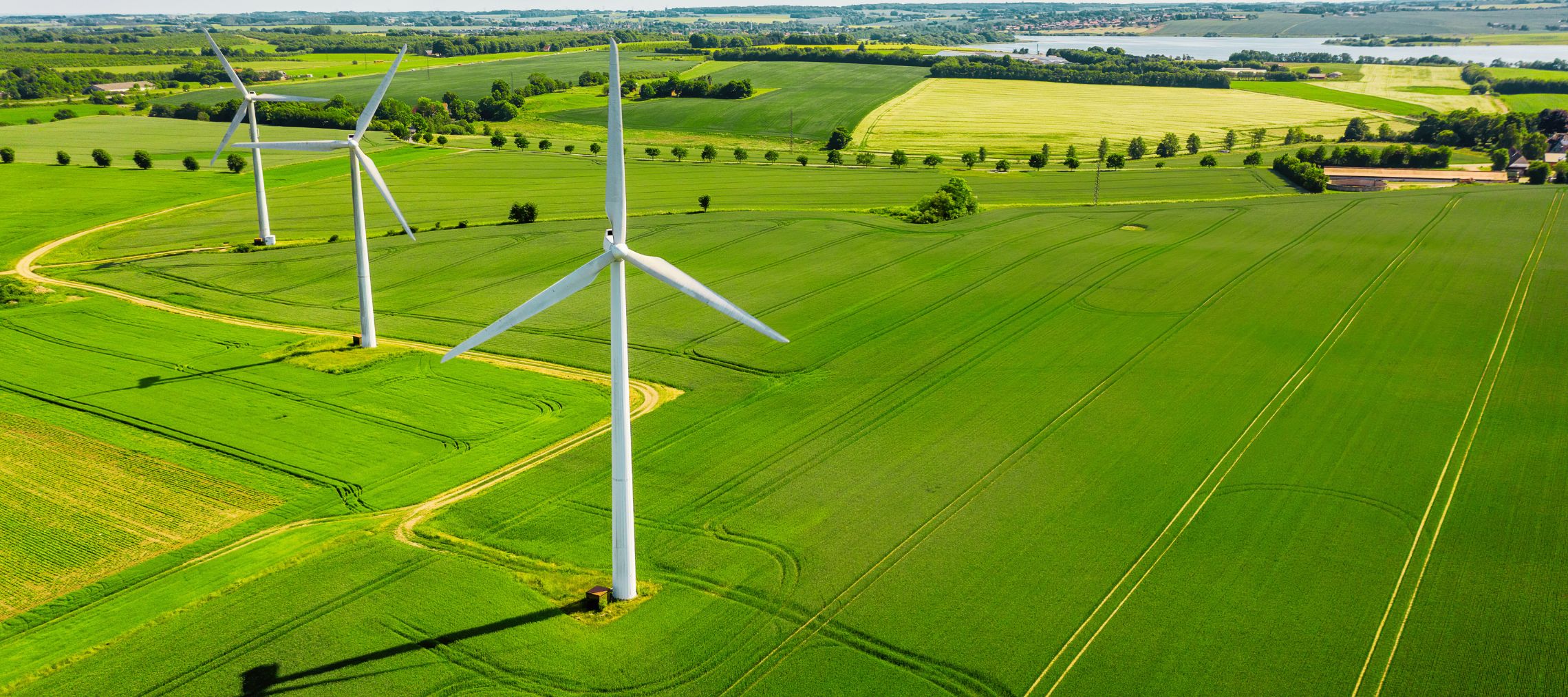Fossil fuels are deeply tied to electricity generation, industrial operations, and transportation among other crucial sectors and cannot be easily dissociated from energy use. CSTEP focuses on a greater integration of renewables and reduction of waste energy in such sectors. This includes working with utilities to improve rooftop solar penetration, mapping potential of various renewables across the country, and analysing energy usage of MSMEs to reduce their fossil fuel consumption.






Sustainable Photovoltaics
The chapter discusses the three distinct themes of the largest set of projects in SERIIUS.
Roadmap for Karnataka's Power Sector - Vision for 2021-22
The State’s capacity addition plans seem inadequate to meet projected demand in the next 5 years. If the current situation continues, the State is likely to face about 21-26% annual energy shortfall (12,000 – 18,000 Million units) and 15-17% peak shortfall (~ 2000 MW) in the short-term (2 years) and 13-8% (~10,000 Million Units) and 16% (~2500 MW) in the medium term (5 years). This is after accounting for all likely capacity addition. This implies that the State will have to rely on widespread load shedding or rely on short-term power purchases.
Indian Power Supply Position 2010
India’s present installed capacity, 1,62,366.80 MW excluding captive power, allows for a modest per capita consumption of some 800 kWh/capita (CSTEP’s estimate). The mix is dominated by coal, which is only 53% of the capacity but higher when it comes to generation. The generation is insufficient to meet the demand, resulting in a shortfall of both peak capacity as well as energy overall (officially 12.6% and 9.9%, respectively). There is a large push towards increasing supply, with an aim of tripling capacity in the coming 1-2 decades.
What the Smart Grid Means and Does not Mean for India
IEEE Smart Grid: What the Smart Grid Means and Does not Mean for India
Techno-economic review of Rooftop Photovoltaic Systems: Case Studies of Industrial, Residential and Off-grid Rooftops in Bangalore, Karnataka
The objective of this study is to assess the financial feasibility of setting up Rooftop Photovoltaic (RTPV) systems in Bengaluru which is in the state of Karnataka, India.The objective of this study is to assess the financial feasibility of setting up Rooftop Photovoltaic (RTPV) systems in Bengaluru which is in the state of Karnataka, India.The objective of this study is to assess the financial feasibility of setting up Rooftop Photovoltaic (RTPV) systems in Bengaluru which is in the state of Karnataka, IndiaThe Renewable Energy Policy of the state mandates the installation of 250 MW of RT
A SMALL SMART GRID PILOT PROJECT
This is a reseach to implement progressive schemes for better management of the distribution
system the utility thought of undertaking a small Pilot project to prove and learn the
Smart Grid technology and functionalities in collaboration with Centre for Study of
Science Technology and Policy(CSTEP) in Bangalore (a non-profit organization) and has
successfully implemented the scheme in Mangalore City to monitor and control the loads
of a small group of consumers connected to two Distribution transformers and also
IEEE: The expertise to make smart grid a reality
The urgent power system needs in India are not necessarily the same as those in advanced industralised countries.The same goes for the most important power system constraints.Generally, not all smart grid technologies are equally relavent worldwide. In India,the really useful technologies will be those that constrain peak demand and peak load growth at reasonable cost while cutting losses.
Wind Power in Karnataka and Andhra Pradesh - Potential Assessment, Costs, and Grid Implications
Till recently, the on-shore wind power potential in India was officially estimated to be 49 GW, out of which 17 GW forms part of the country’s mainstream energy mix. However, recent studies have indicated this potential to be underestimated. A few studies have estimated wind potential in India to be over 2000 GW and the official wind resource potential was recently revised to 102 GW by the Center for Wind Energy Technology (C-WET), at 80 m hub height.
Getting a buy–in from public on Kudankulam
Nuclear power is vital for India, and the government needs to be
more transparent in presenting the attendant risks, while
explaining that Kudankulam’s safety features are superior to those
of Fukushima.